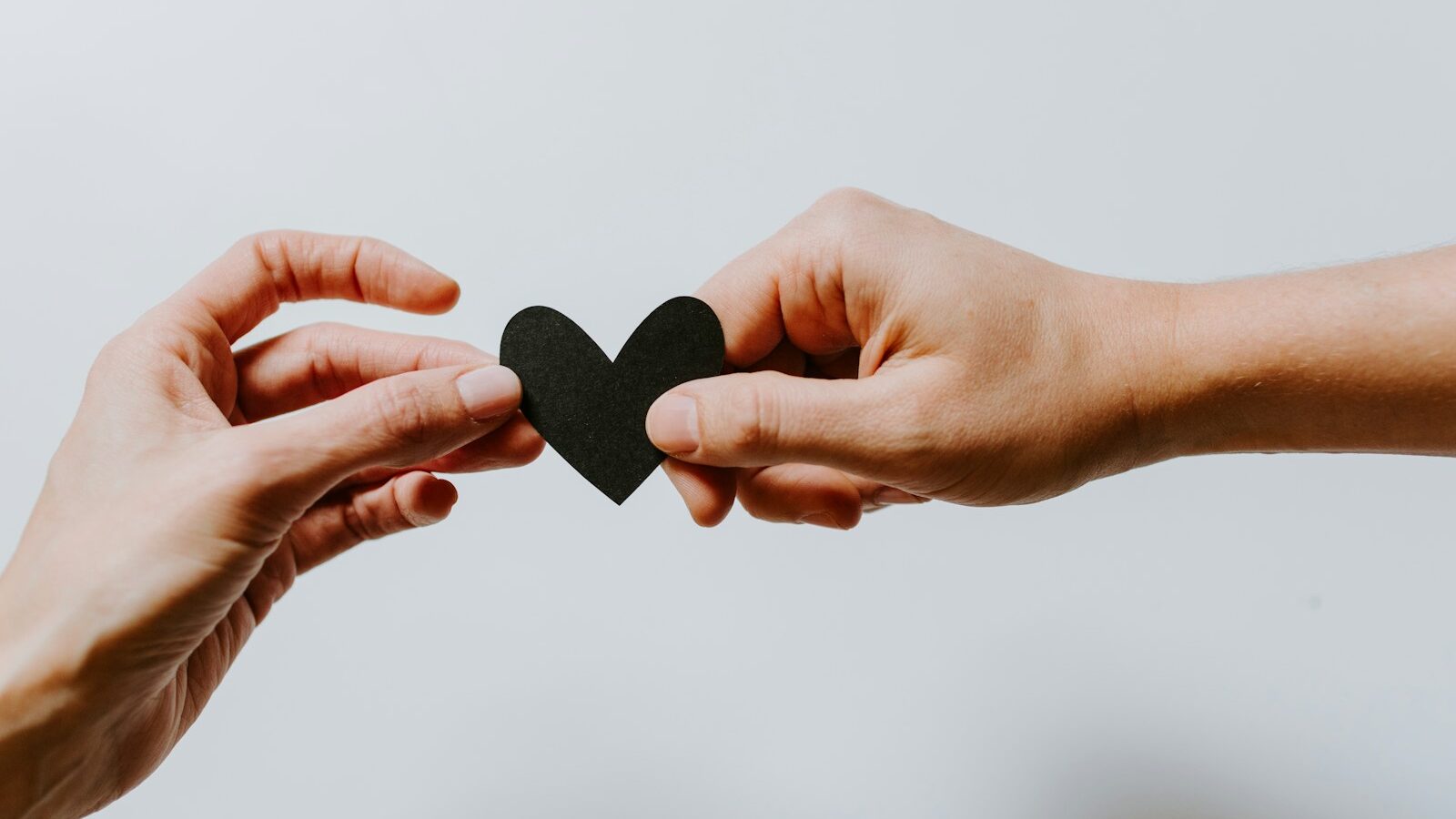Approximate reading time 5.6 minutes
What is the area most neglected when it comes to improving leadership? Contrary to expectations it is not insight, creativity, initiative or any of the other intellectually challenging tasks of leadership.
What gets most neglected in developing leaders is their physicality.
Of course many leaders religiously perform physical stuff, from golf to skiing, from an hour a day in the gym to running the odd marathon.
But physicality in leadership is not solely about being fit, though that certainly counts a great deal in underpinning a leader’s impact.
Physicality refers to how a person uses their entire body during their contact with others and many leaders seem woefully unaware of the sort of impression they give by how they sit, stand and move.
Famously Bill Gates for example once gave a perfectly dreadful public performance in which he lounged back in a chair looking shifty, defensive and less than convincing.
He later radically improved in this area, showing that it is perfectly possible to enhance one’s physicality skills as a leader.
It is not that leaders need to become paragons of fluid movement, gliding effortlessly from one posture to another. It is that leadership is as much in the eye of the beholder as it is in the words or the verbal messages that leaders give to their supporters.
As often noted, leadership in organisations is close to acting or performing in public. That is, leaders need to be able to make the kind of impact and connection with an audience that a talented actor achieves.
We are not talking about artifice, or trying to be something you are not. In fact, the best actors succeed by being closely in touch with who they are, and through this convey an authenticity that leaders too must acquire.
Like any professional group, actors have many tricks, tips, techniques and disciplines for honing their impact on an audience.
One of these is spending time refining their physical presence, their ability to use their bodies—movement, posture, stillness, gesture and voice—to communicate their message, to underline their story through how they look and behave. This is also central to leadership
If acting is in some way telling a story, this is what the best leaders do too. They know the value of storytelling as a crucial way of conveying their vision, to get across what they want to achieve so that it lands with other people as more than just words.
Great story tellers are usually highly physical, whether through gesture or stillness, visual expression, compelling voice or a sense of conveyed inner peace, excitement or some other emotion.
Some leadership essentials rely on how leaders handle their bodies. For example, mental toughness, enthusiasm, energy and inspiration all partly arise when the body is vibrant and alert.
It becomes much harder for a leader to fall prey to inner demons or to sink into what 17th Century John Bunyan called in the Pilgrim’s Progress that “slough of despond”, that today we might more simply sum up as depression or negativity.
When Mandela was a poor law student in Johannesburg wearing his one threadbare suit, he was taken to see Walter Sisulu. Sisulu was a real estate agent and a young leader of the ANC.
Mandela saw a sophisticated and successful black man whom he could emulate. Sisulu saw the future. Mandela was tall and handsome, an amateur boxer who carried himself with the regal air of a chief’s son. And he had a smile that was like the sun coming out on a cloudy day.
There is a historical correlation between leadership and physicality. George Washington for example was the tallest and probably the strongest man in every room he entered.
Size and strength have more to do with DNA than with leadership manuals. Mandela for instance fully understood how his appearance could advance his cause.
As leader of the ANC’s underground military wing, he insisted that he be photographed in the proper fatigues and with a beard, and throughout his career he has been concerned about dressing appropriately for his position.
Mandela was never a great public speaker but it was the iconography—the images–that people understood. When on a platform he would always do the toyi-toyi, the township dance that was an emblem of the struggle.
But more important was that dazzling, beatific, all-inclusive smile. For white South Africans, the smile symbolized Mandela’s lack of bitterness and suggested that he was sympathetic to them. To black voters, it said, I am the happy warrior, and we will triumph. "The smile," says close colleague Ramaphosa, "was the message."
The late and mainly unlamented Robert Maxwell was someone who absolutely understood the power of physicality to get what he wanted.
Physically strong and of large build, he used it to convey menace and intimidate, conveying a kind of authority that few people felt able to challenge.
There have been many attempts to make sense of leadership and physicality and the lessons this provides for developers.
One of the more exotic is the whole area of body language and how it influences followers and what leaders can do to improve theirs.
In the area of storytelling for example the leader needs to do so in a confident, credible and convincing manner, otherwise ‘the story’ itself will have neither initial impact nor ongoing life.
When the CEO of HCL technologies Vineet Nayar famously introduced himself to the 54,000 employees in 26 countries through initially dancing in an auditorium of 4000 staff, he was in fact telling a simple story.
It was one disguised as a physical manifestation of his message, namely that he was not very good at dancing and therefore essentially just an ordinary person.
The physicality of leaders performs a mixture of roles, including storytelling, shaping perceptions, creating imagery, devising visual messages and non-verbal communication.
Yet the vast majority of leaders, even highly experienced ones, when they are presenting or communicating are generally unaware of their physicality and what it that might or might not be expressing.
This is particularly evident when they are under the influence of performance anxiety and stress, where they will reveal this state through unconscious, extraneous, and distracting movements.
There are many possibilities for helping leaders address the issue of physicality and probably the biggest hurdle is persuading them to take the issue seriously in the first place.
Once there is a readiness to consider the issue there are potentially many routes to improvements in both awareness and practice—see below.
7 Ways to Enhancing Leadership Physicality
· An introduction to Laban Movement Analysis
–a language for interpreting, describing, visualizing and notating all ways of human movement
· Experiencing the power of mime and its ability to use clarity and definition of movement to create illusions and shape perceptions
–mime can take a moment, hold it, control it, define it, and draw the audience into tiny detail within it.
· Voice coaching to understand and affect how voice affects one physically and conveys messages even without words
· Raising awareness of personal body language
· Improving stage “presence” through physicality and ones physical personality
· Accessing inner characters and using them to enhance one’s personal impact
· First impressions—understanding and creating these in new, more powerful forms
Within all of these though, leaders must remain themselves. They can only be effective if the development experience helps the leader become more, not less authentic.
There is nothing more fundamental in communication than how the body plays its part in communicating and performing. For leaders that may feel like alien territory, rather too close for comfort to the luvey world of acting.
Yet the intersection between art and business for instance, is now firmly established.
If as a leader you want to really develop your capabilities to affect supporters and stakeholder, paying attention to physicality makes perfect sense.
Physicality issues leaders may need to focus on
· Eye contact
· Low eyes
· Leaning Back
· Nervous movements of the body
· Being totally rigid
· Moving with a purpose
· Hands in the pockets
· Cross feet and Cross Hands
· Hands in front of the mouth
· Tight Lips
· Rigid shoulders
· Close physical contact
· Spasmodic moves with the hands
· Proud Walking
· Frequently moving the head
· Sitting comfortably and relaxed
· Open Palms
· Following another person’s body language




